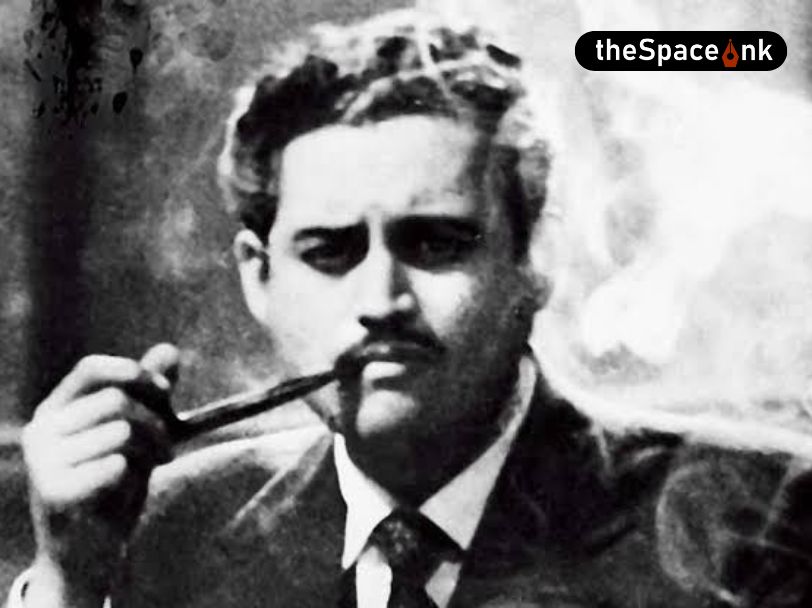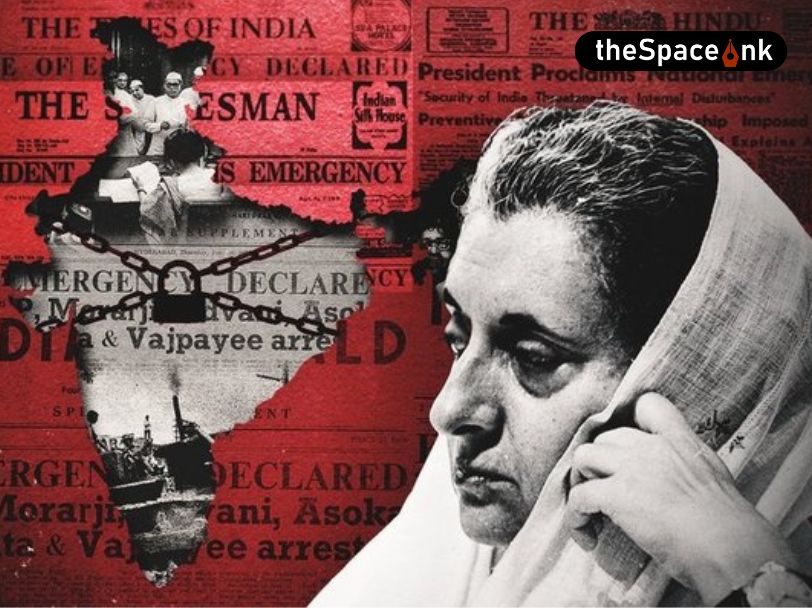A few weeks ago, in one of the leading publications from India, an article garnered created substantial furore in its depiction of Kolkata of the recent years. I say furore, but there were takers too, mostly from the Non-Residential Bengali populace who found the arguments in the article logical and free from the frequent lapsing into nostalgia that the Bengali community has been long accused of. And yet, the line of arguments had its shortcomings and that is not to speak from a position of bias.
Every city has a fabric of its own. And it is the retention of the taste, sound and colour of it, without hindering its growth and development that should be the ideal aim. Of course, the question is how one defines the twin peaks of “growth” and “development.” But keeping such arguments aside, which rest on the shoulders of subjectivity and subject positions, I will try and address some of the issues raised in the article to hopefully try and prove that all is not lost, that Kolkata is not the yellowed jaundiced city that it so vehemently argues.
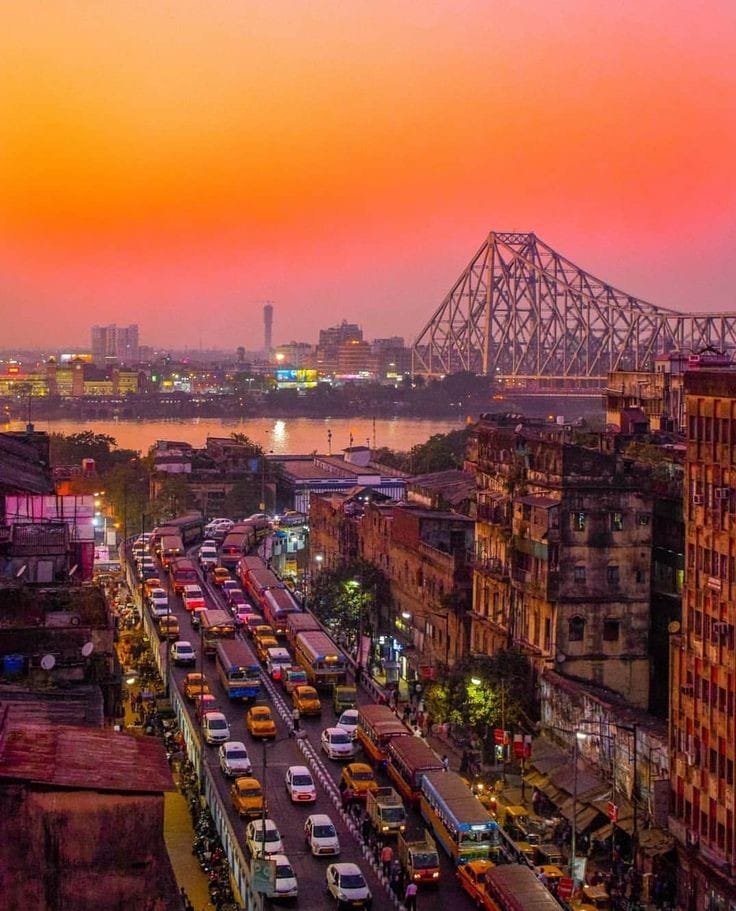
To begin with, my mind rushes back to an innocuous episode in a Feluda adventure, London E Feluda (Feluda in London) by Satyajit Ray. Walking down the streets of the city, Lalmohan Ganguly observes that the mad rush of the walking populace, mostly on their way to work early morning, is almost contagious. He uses the phrase “Ocean of Humanity” to describe the crowd.
I begin on this note, because the article in question raises the issue of indolence, the kind of laid-back attitude of the community which has allegedly led to the descent of the city in the pecking order of preference for capital investments and the disappearance of job opportunities and the vanishing of the industrial development.
I do not disagree with the lack of opportunities and industries, but there are other contingent political issues that are behind this. To blame the order of slowness as the quality and reason for this is taking that argument a bit too far. Kolkata remains a city where people enjoy a cup of tea on their way to and returning from work, a conversation at the local hairdresser and the coming together in the evening for the mandatory “adda” session. Where would we be as humans without these little luxuries?
At a day and age where discussions around mental health and burn out from work related stress is the necessary order of the day, would we prefer or risk becoming automatons, sacrificing the apparently inconsequential and yet necessary moments of leisure to take part in the rat race.
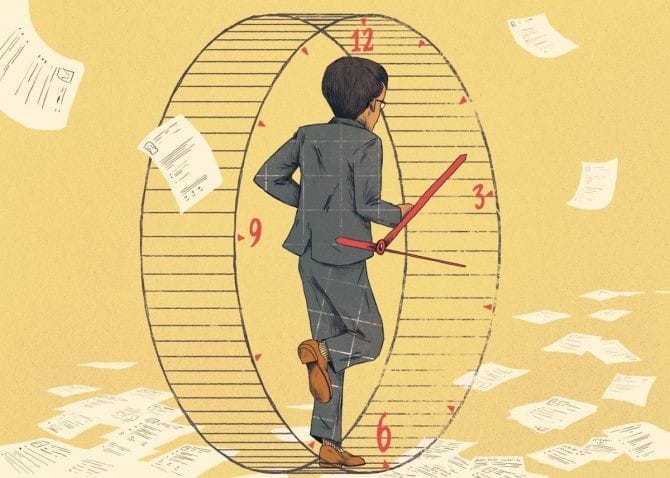
Even if we partake and win, we still remain rats. Just to bring into focus the centrality of the argument, the recent season of the very successful Kota Factory, has the central character seeking counselling and professional help to help him deal with stress at work. The welcome change is that the focus has now shifted from the students to the more experienced teachers, recognising the fact that even they need to be looked after.
The article I am responding too raises the issue of how the city has now been reduced to one dominated by aesthetic Instagram themed cafes and a space where the people have been hoodwinked into celebrating blindly the carnivalesque religious festivals. If one goes beneath the surface of this phenomenon, one just might accept and the acknowledge the role social media plays in the soaring popularity of both. Life as it is being lived, across cities and time zones has regressed into a performative act. Every little achievement and accomplishment, ranging from the spectacular to the mundane, across religious, social, economic, and political strata seems to qualify to be put “out there”, for validation, for recognition.
Also Read: The Curious Case of Missing Grandparents
To put fingers on a particular civic society as being in the grips of this fever (read virus) shows a myopic reading of the larger sociological malaise. The themed eateries might be the symbolic totem of languidness but one must admit that they provide job opportunities to a decent section of the city’s young. Not the most profitable or lucrative, but then again, does provide food on the table for those who have not perhaps had the privilege of studying in elitist institutions nor hail from the upper echelons of the social and economic strata.
The religious festival too has now acquired a different connotation. The innocence is lost—rather it is the big banners and hoardings which now dominate the skyline. It has become performative and driven by the social media angst of views and likes and shares. It is a very profitable and lucrative economic industry, and the flow of the economy is multidirectional and ubiquitous. To undermine this is to present a point of view that reeks of social and economic privilege. And to my great chagrin, this is what the article I am referring to does.
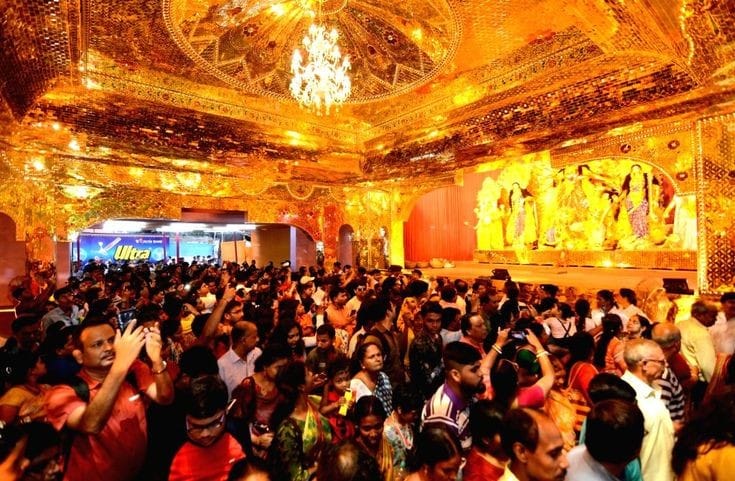
To categorise Kolkata as a “grey city” following the theoretical formulation of Laura Salisbury- as a remnant city with an “endless waiting without any hope of fulfilment or progression” raises other problematic issues. How does one define progression? What are the yardsticks? It seems that the untethered who leave the city, as exiles, voluntary or by compulsion have an obsession with the centre—either as criticism or as a fetish.
The notion of success is determined by departure—to ingratiate oneself to the dominant narrative that the world is out there. And this is not a phenomenon of the last 25/30 years. Calcuttans have gone abroad and thought thrice before choosing not to return. In the privilege that the first world provides, it is a cushy pastime to look back at your native town and city, criticise about the things that are wrong, and blissfully decide to choose the so-called fortunate life for the next generation.
It has been customary to have associated “grey” and “yellow” to sadness and disease. To jump to the conclusion that Kolkata deliberately remains in the grips of this sadness, bleeding willingly and joyfully, is to disrespect and turn a blind eye to the history of the city. A strange sadness haunts every city. Just that the texture of the sadness varies across the latitude and longitude.

Cities with history of violence and riots and political unrest like ours has that melancholy in its soul. There is a fine line between acknowledging the history of the city and culture and preserving the past and dwelling in it. And even the ones which are too self-immersed and obsessed with the corporatisation of days and nights. Their sadness has not found a voice, neither the ear nor eye to acknowledge that. Ours has. In literature, in films, in music.
For a city that has been the favourite punching bag of the cynics for the last couple of decades for being the poster boy of sloth and indolence, the last few months has been quite a revelation. Following the rape and murder of a female doctor at the R.G. Kar Medical Hospital, the city has come together like never before. It has galvanised the population of the city as evident from the “Reclaim the night” protest and the civil society has resisted the politicisation of the movement. And this wasn’t the first time.
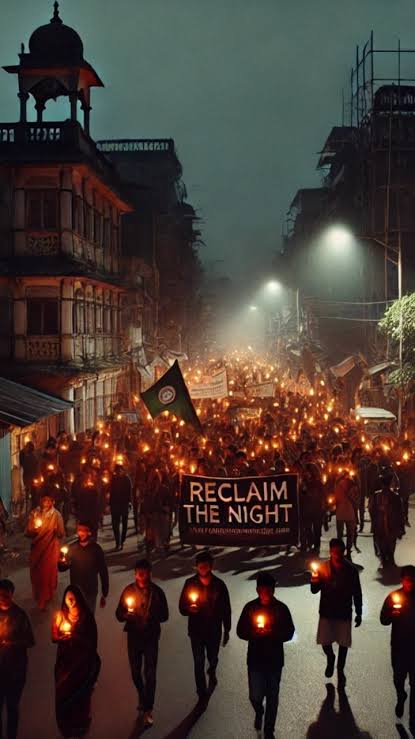
During the protests that erupted across the country against the implementation of the NRC and the CAA, a large section of the city’s population had come together to join and show solidarity to the sit-in demonstration at the Park Circus ground. The local restaurants provided the protestors with food, the students and faculty members from Aliah University would go there every evening after classes and sit with them and offer them support at the face of uncertainty over their future as citizens of India. Are we going to maintain a ledger for these selfless acts? Would we be proud of our citizens had they moved on as if there was nothing to be worried about in the national horizon?
I could go on as to why this city is worthy of being loved. Also why is it worth saving and fighting for. Civilisations fall, sometimes from grace and sometimes in spiritual poverty. And as Lennon says, “You may say I am a dreamer.” I would like to believe I’m not the only one. And that you who are reading are with me. Despite times… Despite detractors.
Image Courtesy: Pinterest

Sayan Aich Bhowmick
Sayan Aich Bhowmik is currently Assistant Professor in the Department of English, Shirakole Mahavidyalaya. His articles and poems have appeared in The Dhaka Tribune, Outlook Magazine, The Chakkar, Singapore Unbound and South Florida Poetry Journal.




